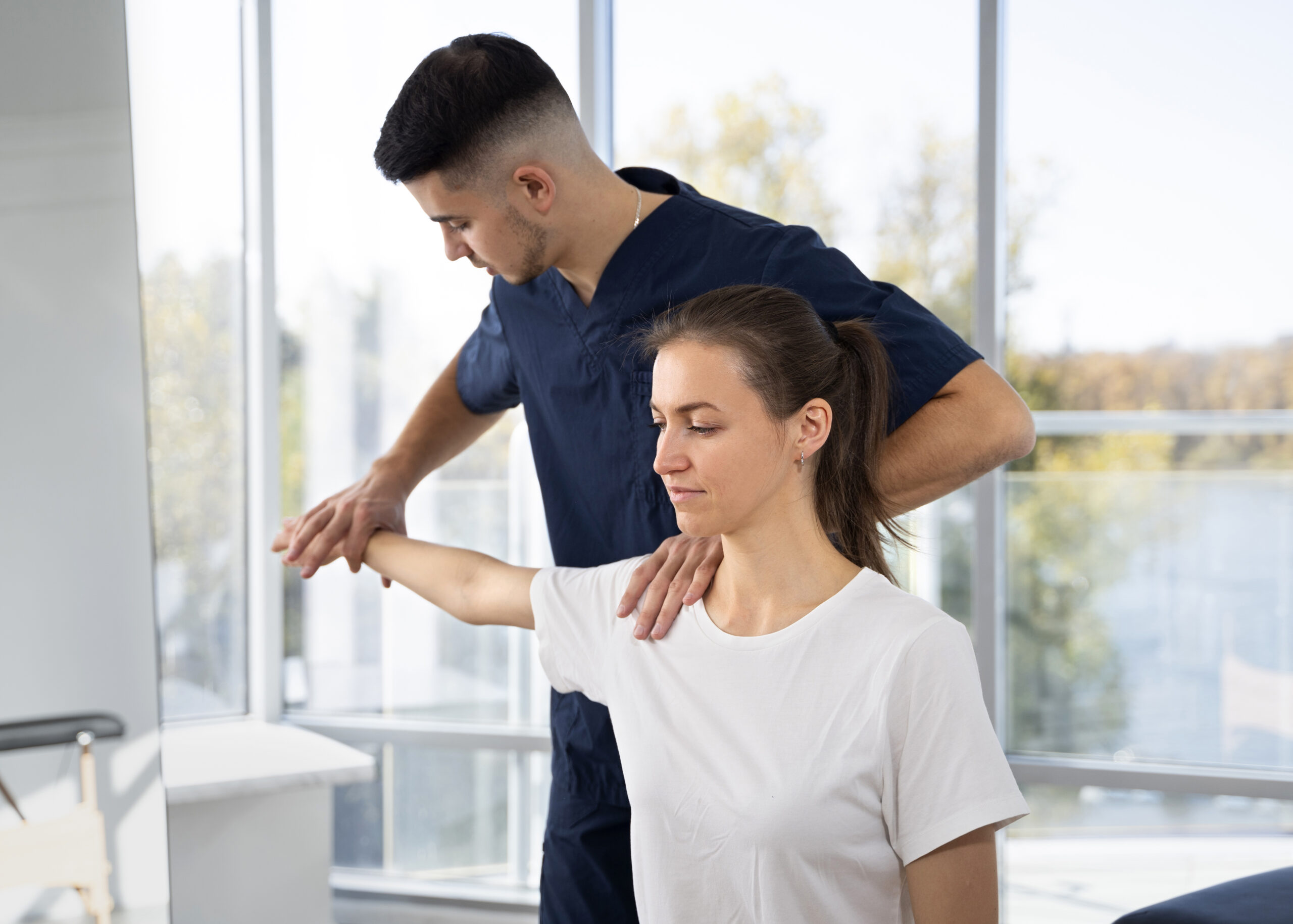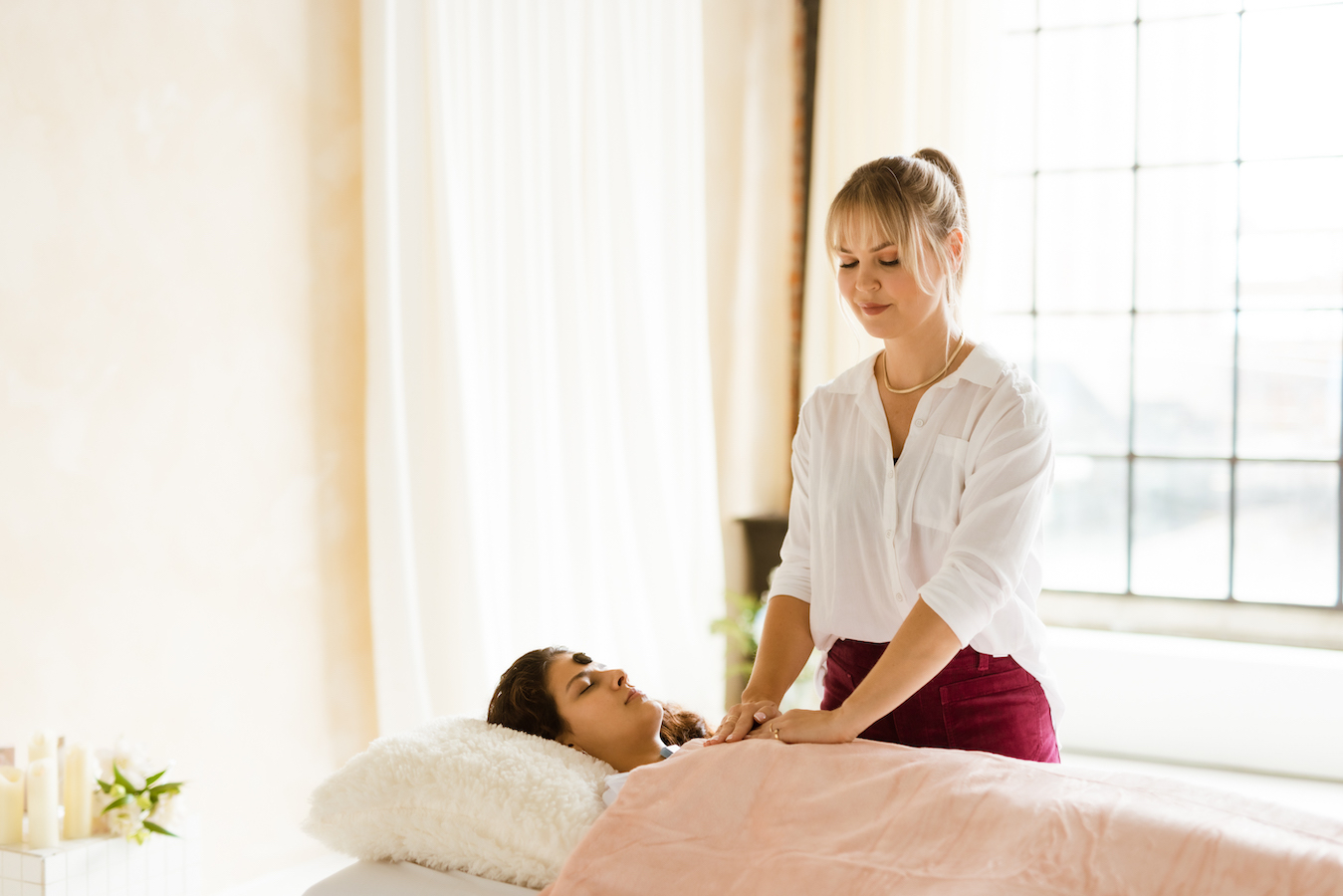Discover Your Perfect Healer Today!
Our online practitioner directory connects you with a wide range of healers to suit your unique needs.
Easily search and find the right professional to support your wellness journey.
Start exploring today to find your perfect match.
Modality
Disease
Books
Products
Events
Training
Blogs
Osteopath
Debunking Common Myths and Misconceptions about Osteopathy
Osteopathy is a form of health care that looks towards the treatment of the musculoskeletal system of the human body. However, despite its far-reaching benefits, ...
Read More → Written by
David Brown
Lyme Disease
Effective Treatment Options for Lyme Disease: A Complete Guide to Recovery
Explore Our Online Practitioner Directory Now. Effective Treatment Options for Lyme Disease A Complete Guide to Recovery Lyme disease is extremely harmful if it is ...
Read More → Written by
Web Master
Ayurveda
Debunking Common Myths and Misunderstandings About Ayurveda
Ayurveda is one of the oldest systems of medicine that addresses a number of diseases; however, it is often surrounded by a number of myths ...
Read More → Written by
Michael Johnson
Reiki Healers
Reiki Coverage: Does Insurance Include Energy Healing
The process of Reiki healing involves the transfer of healing energy from the palms of the practitioner to the patient. It has emerged as a ...
Read More → Written by
John Smith
Meditation
Global Insights: How Meditation is Practiced Around the World
Over the years, meditation has been successful in crossing over barriers and boundaries and has extended to consist of quite a number of practices and ...
Read More → Written by
John Smith




